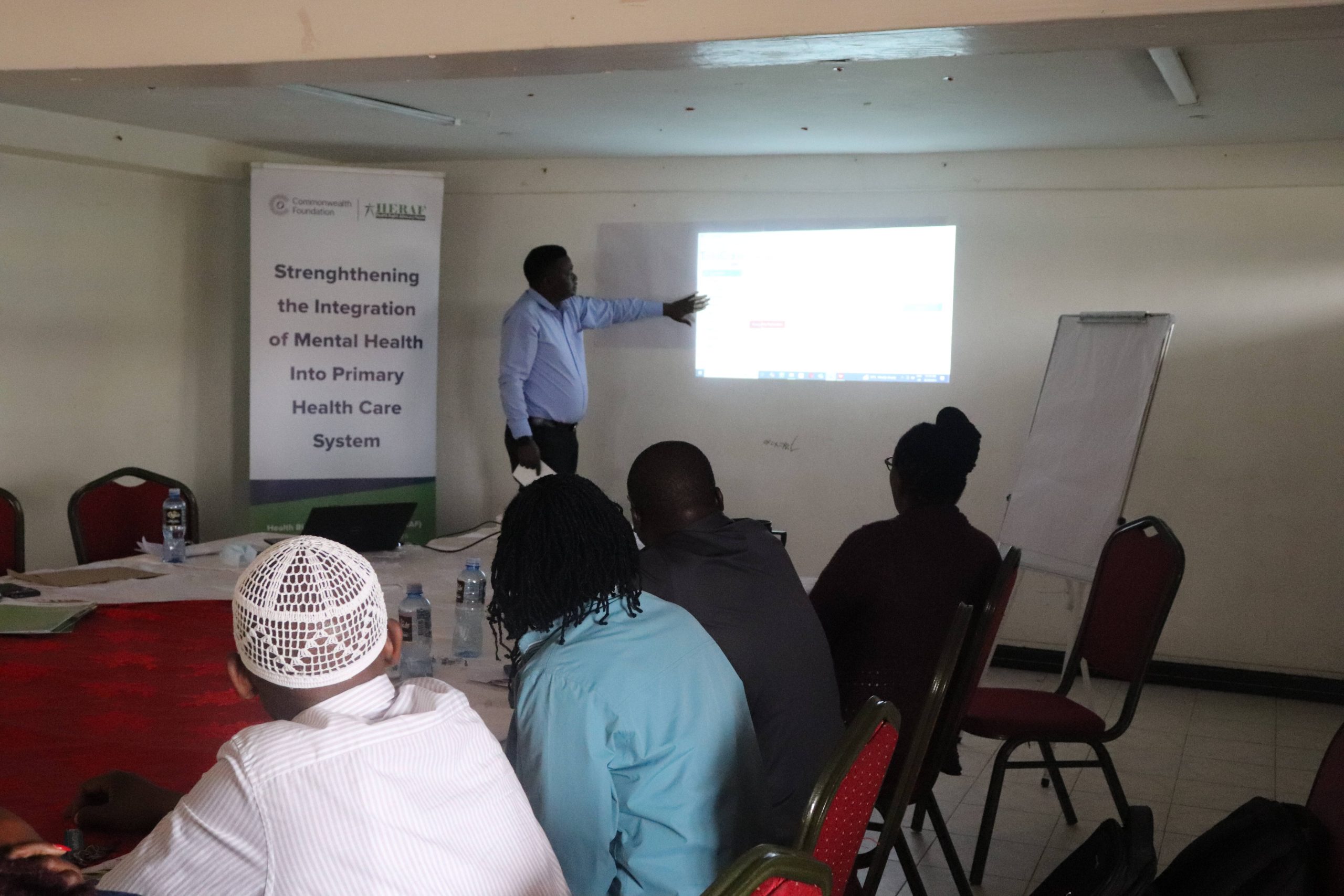
Digitizing Healthcare: Is TaifaCare Ready for Kenya’s Frontlines?
In the wake of Kenya’s sweeping healthcare reforms, TaifaCare, Kenya’s new national healthcare initiative has emerged as more than just a rebrand. Since its launch in October 2024 to provide affordable and accessible healthcare to all citizens through the Social Health Authority (SHA) and an integrated digital system, it’s been positioned as a bold promise of equity, access and transformation. The system replaced the former National Health Insurance Fund (NHIF), aiming to expand benefits to include outpatient, inpatient, maternal and child health, mental health, emergency and critical illness care.
However, stakeholders across the health sector are eager to comprehend the digital health platform that is supporting the management of patient records, services delivery and enhancement of transparency in healthcare. To address this gap, healthcare workers from Makadara Sub-County, Nairobi County were taken through the TaifaCare platform to familiarize them with its features and functionality.
Dr. Somane Hassan the Makadara Sub-County Medical Officer of Health walked the participants through the essential fundamentals of the platform and noted there would be more opportunities for the participants to be trained until they compressively understand the system. The Deputy Health Records and Information Officer for Makadara sub-County provided the participants with a hands-on demonstration. That is, from the sign-into the system and navigation, giving Healthcare workers a practical feel of the platform.
 Healthcare Workers in Makadara being taken through the TaifaCare Platform
Healthcare Workers in Makadara being taken through the TaifaCare Platform
Though the platform was highly rated, HCWs voiced concerns about technical glitches that plagued the system. Many felt that the September 15, 2025 deadline for implementation may be a challenge due to the platform’s complexity and the limited time for proper onboarding. Health records officers from Jericho Health Centre, who had already interacted with the system, reported persistent lagging issues. They also raised alarms over the restricted payment options, noting that SHA’s cashless model excluded patients who preferred to pay out-of-pocket, a common practice among many Kenyans.
The most evident miss was the lack of mental health indicators within the platform. While indicators for physical ailments were well represented, mental health reporting was conspicuously absent. This gap is especially troubling given Kenya’s growing mental health crisis and the government’s stated commitment to holistic care. Without proper data capture for mental health cases, the system risks sidelining one of the most urgent and underserved areas of public health. It sends a troubling message that mental health is still not being prioritized, despite years of advocacy and policy promises.
Despite its current challenges, TaifaCare represents a significant step forward in the digitization of health records. Its potential impact on data collection, usage and storage is immense and if implemented thoughtfully it could revolutionize how healthcare is delivered and monitored across the country. The lack of mental health reporting indicators seems as though we have taken one step forward and ten steps back in the fight for mental health recognition. The identified issues and gaps should be escalated to the leadership for readdress to ensure its success.
